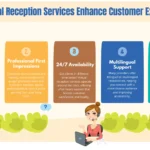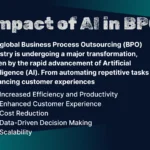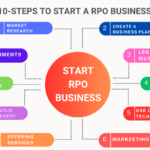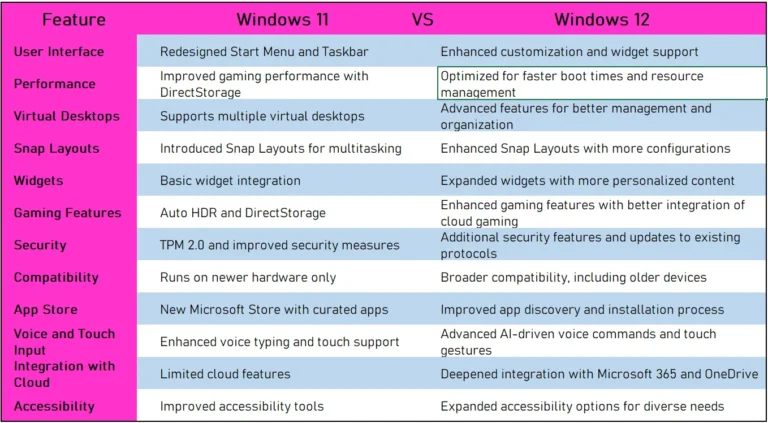Table of Contents
ToggleHow to Understand BPO
Business Process Outsourcing?
Introduction
Business Process Outsourcing (BPO) is a strategic practice where businesses delegate specific operations or services to third-party providers. It helps organizations improve efficiency, reduce costs, and focus on core business functions. Understanding BPO requires knowledge of its types, benefits, challenges, and best practices.
Types of BPO
BPO services are typically categorized into three main types based on their function and location:
1. Front-Office BPO
Involves customer-facing services such as customer support, telemarketing, sales, and technical support.
Enhance customer experience through professional and dedicated service providers.
2. Back-Office BPO
Deals with internal business processes such as data entry, payroll, human resources (HR), and IT services.
Helps streamline operations, ensuring efficiency and accuracy.
3. Knowledge Process Outsourcing (KPO)
Requires specialized skills and expertise, such as market research, legal services, and financial analysis.
Involves higher-value processes compared to traditional BPO services.
Types of BPO Based on Location
BPO services are also classified based on where they are delivered:
1. Onshore BPO (Domestic Outsourcing)
Services are outsourced within the same country.
Reduces cultural and language barriers but may be costlier than offshore options.
2. Offshore BPO
Services are outsourced to a foreign country where labor costs are lower.
Common destinations include India, the Philippines, and Pakistan.
3. Nearshore BPO
Services are outsourced to a nearby country with similar time zones and cultural alignment.
Balances cost savings and operational efficiency.
Benefits of BPO
Outsourcing business processes offer numerous advantages, including:
1. Cost Reduction
Saves labor and infrastructure costs by outsourcing to cost-effective locations.
2. Focus on Core Competencies
Allows companies to concentrate on their primary business functions while outsourcing non-core tasks.
3. Access to Expertise
Provides access to skilled professionals and advanced technologies without in-house investment.
4. Scalability and Flexibility
Enables businesses to scale operations up or down as needed, improving efficiency.
5. Improved Customer Service
Professional BPO providers enhance customer experience through dedicated support teams.
Challenges – To Understand BPO
While BPO offers significant advantages, it also presents certain challenges:
1. Data Security Risks
Outsourcing sensitive information can pose security and compliance risks.
2. Quality Control Issues
Differences in work culture and service standards may impact quality.
3. Communication Barriers
Language and time zone differences can affect smooth communication and workflow.
4. Dependency on Third-Party Providers
Over-reliance on outsourcing partners may create operational vulnerabilities.
Best Practices for Successful BPO Implementation
To maximize the benefits and mitigate risks, businesses should follow these best practices:
1. Define Clear Objectives
Establish clear goals, expectations, and performance metrics for outsourcing partnerships.
2. Choose the Right BPO Partner
Evaluate potential providers based on experience, reputation, and service quality.
3. Implement Strong Data Security Measures
Ensure compliance with data protection regulations and cybersecurity best practices.
4. Monitor Performance Regularly
Use key performance indicators (KPIs) to track efficiency, quality, and customer satisfaction.
5. Maintain Effective Communication
Foster collaboration and transparency through regular meetings and updates.
Conclusion
Understanding Business Process Outsourcing (BPO) is essential for businesses looking to improve efficiency and reduce costs. By recognizing the different types, benefits, and challenges of BPO, organizations can make informed decisions when outsourcing their operations. Implementing best practices ensures a successful BPO strategy that drives long-term business growth.













